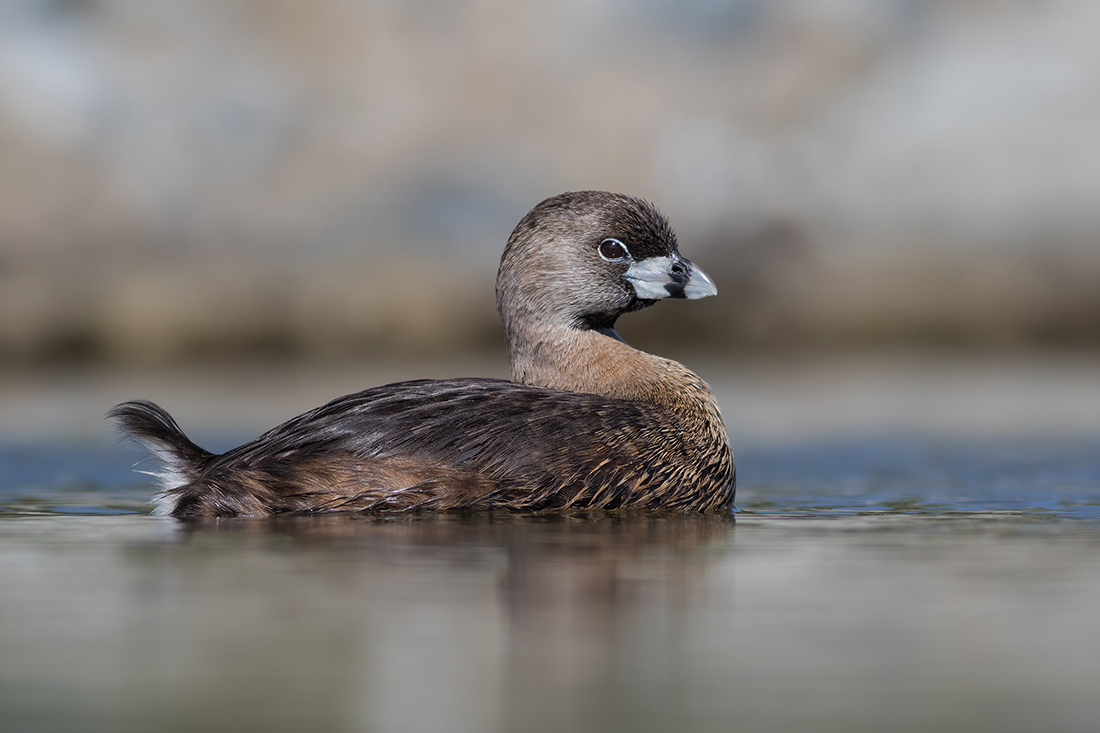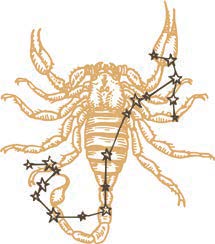
Look for the charismatic, aquatic Pied-billed Grebe in winter
By Susan Campbell
Here in North Carolina, winter is the season for spotting waterfowl. Inland, in addition to Canada geese, birdwatchers have a shot at seeing more than a dozen species of ducks on local lakes and ponds. If you are looking closely, you may notice a very small swimmer, one that is often solitary in its habits. This would be the charismatic pied-billed grebe. It is the pied-billed that has the largest range of five grebes found across North America.
The pied-billed grebe is a compact waterbird in a family of birds that are expert swimmers and divers. In fact, you will never see a grebe on land. Their legs are placed so far back on their bodies that walking is very difficult. Not surprisingly the word “grebe” means literally “feet at the buttocks.” But these birds can readily dive to great depths to forage for aquatic invertebrates such as crayfish as well as chase down small fish.
However, they are not the strongest fliers, having relatively small, rounded wings. I find it amazing that our wintering individuals come from as far away as the upper Midwest or even central Canada.
The pied-billed grebe is smaller than a football with shades of gray and a white underside.
Pied is defined “as having two or more different colors.” As its name implies, this bird has a silvery gray bill with a black band. It is very stout. The jaws of these birds are also very strong, and more than compensate for what they lack in bill length. Cracking the exoskeletons of insects, shrimps and clams is no problem for this beautiful swimmer, as is hanging onto slippery minnows. Another interesting detail of this bird’s anatomy is that it has an extremely short tail with bright white, undertail coverts that make it possible to identify this bird at a distance.
These little birds have some interesting behavioral adaptations that are well worth watching for. For one, they have the capability to sink below the surface if the situation warrants. Somehow, they are able to control the buoyancy of their plumage and so can readily absorb water to increase their weight and quickly disappear from sight. Likewise they can swim with their heads just below the surface so as to not be seen. And they can even employ a “crash dive” to evade predators, pushing themselves downward with their wings and kicking hard with their feet.
One other well-known trait of pied-billeds is that they eat large quantities of their own feathers. It is thought that they create a large but porous plug in the gut that traps dangerous fragments of certain food items from entering the intestine. They even feed feathers to their young.
You can look for pied-billed grebes on any body of still or slow-moving water. Larger creeks, marshy ponds or even larger lakes in our area may host these little birds from October through March. However, individuals may give themselves away by the long, loud series of variable chatters, bleats or coos that they make in late winter or when advertising their territory to the occasional interloper. Either way, these birds sure deserve a good look any time, even though they are not that large — or very colorful. PS
Susan would love to receive your wildlife observations and photographs at susan@ncaves.com.





